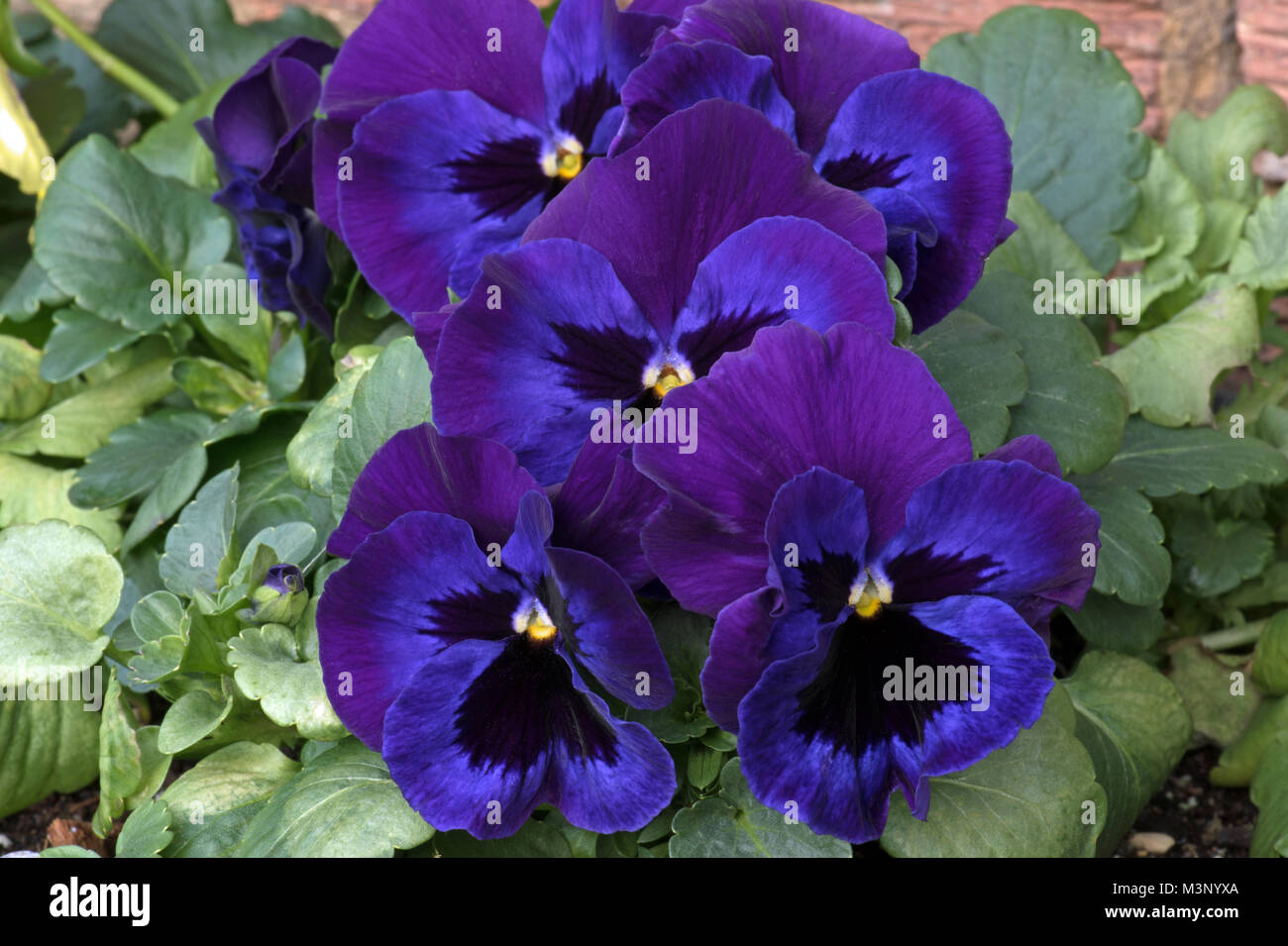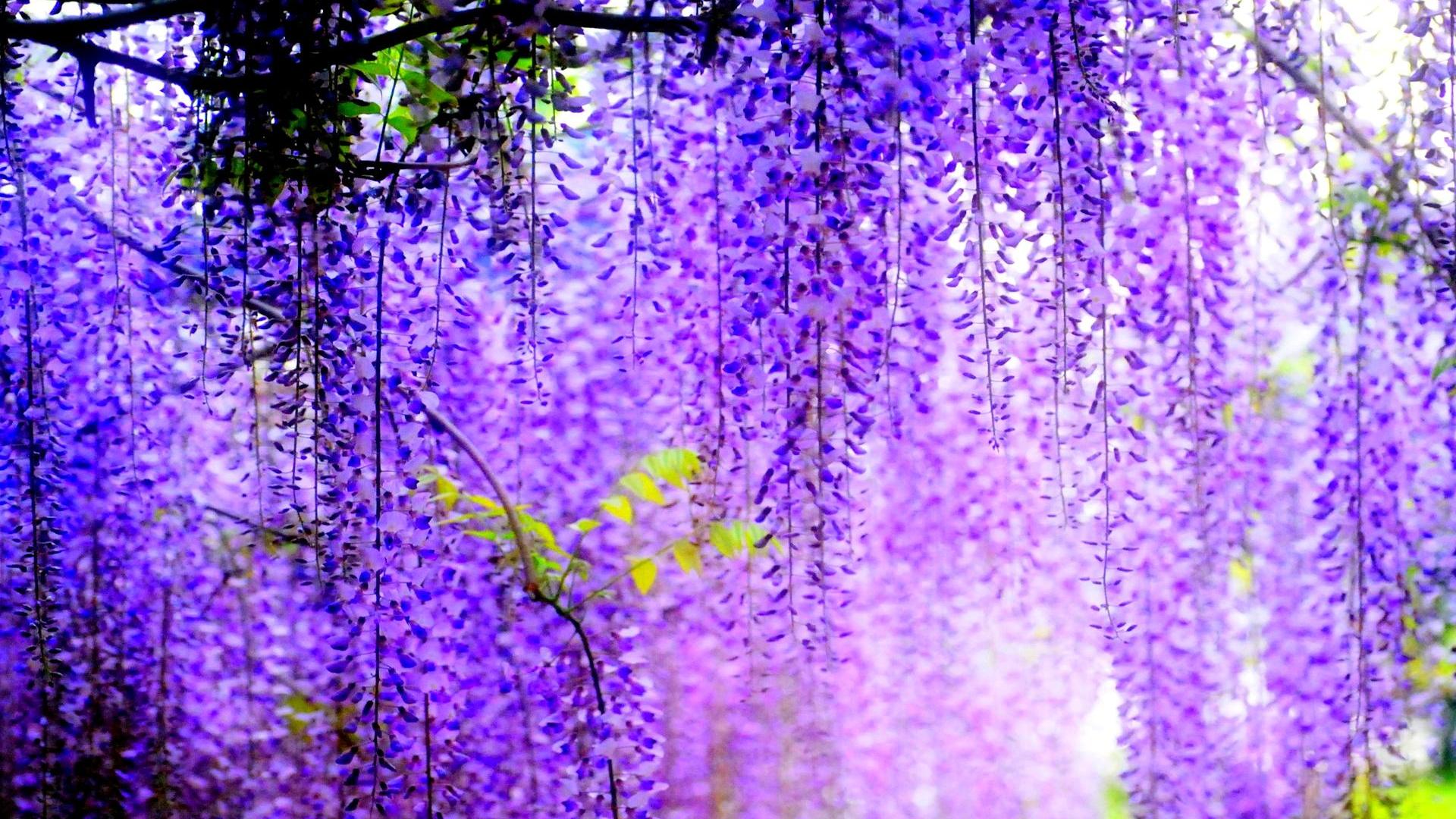

- #BLUE PURPLE FLOWERS SKIN#
- #BLUE PURPLE FLOWERS FULL#
- #BLUE PURPLE FLOWERS DOWNLOAD#
- #BLUE PURPLE FLOWERS FREE#
It is better to allow the succulent to adjust to its condition before changing another variable.

For example, do not increase the light exposure and reduce watering at the same time. When stressing a succulent out, bear in mind to not make sudden changes and only change one variable at a time. Succulent leaves change color more often in the cold, which is why you see more colorful succulents in the winter. This should be done by slowly reducing the frequency of watering without the succulent showing any signs of wilting. However, this needs to be done gradually as sudden deprivation of water can cause a succulent to wilt. Lack of water will cause succulents to stress, thus producing more anthocyanins and carotenoids. Do be careful, however not to provide too much light that they get burns. The more light they receive, the more vibrant their colors will be. Providing enough sunlight will cause succulents to stress and produce more anthocyanins and carotenoids. This can be done by adjusting the following conditions: 1. To induce a succulent to produce anthocyanins or carotenoid (hence a colorful appearance), you need to ‘stress’ the succulent. The 3 criteria that affect the production of anthocyanins and carotenoids in succulents are light, water, and temperature. So if you see your succulent leaves turning purple, there is actually no reason to worry! This is known as the succulent’s stress response.
#BLUE PURPLE FLOWERS SKIN#
The concept is similar to how the human skin produces melanin and changes color (a process called tanning).
#BLUE PURPLE FLOWERS FREE#
Free for commercial use High Quality Images. 94000+ Vectors, Stock Photos & PSD files.
#BLUE PURPLE FLOWERS DOWNLOAD#
Meanwhile, when a succulent changes color to yellow, orange or red, it is actually producing carotenoids. Find & Download Free Graphic Resources for Purple Blue Flowers. When a succulent changes color to red, blue or purple, it is actually producing anthocyanins. Like most salvia plants, it's left alone by deer and rabbits and is a long-lasting cut flower. Humans became suspicious of the plants and decided they could be the cause of the virus, leading them to avoid the flowers at all costs. Leaves of this mint family member are aromatic, wrinkled, and soft-hairy. During Season 1, the purple flowers appeared when the H5G9 virus started and in places where the outbreak was worst. However, under the right circumstances, some of those green succulents will produce anthocyanins (pigments) which give them their red, blue or purple color. The award-winning selection, May Night, offers spikes of deep blue-purple flowers in summer. Grape hyacinths are the perfect flowers for. Succulent plants are generally green in color by nature. Hyacinth bulbs bloom in spring, producing clusters of tiny blue or purple flowers that resemble grapes. Shop Purple Succulents Succulent Leaves Turning Purple: What’s Happening? 43 Succulent Leaves Turning Purple: What’s Happening?.32 Sempervivum heuffelii ‘Miller’s Violet’.22 Sempervivum heuffelii ‘Red Heuff f/ Munich University’.Do not grow Acanthus mollis, as bees can get stuck in it. Which purple flowers attract wildlife?īutterflies love the deciduous shrub Buddleja davidii ‘Black Knight’, which has panicles of bold-purple flowers in late summer the short-lived perennial Verbena hastata, which has airy candelabras of purple blooms atop very thin stems that allow plants behind to be glimpsed and the bedding plant heliotrope, which has dense purple flowerheads that smell of cherry pie.īees adore the evergreen aromatic shrub Lavandula x intermedia ‘Sussex’, which fills the air with reviving scent the perennial Salvia ‘Amistad’, which has exotic-looking rich-purple flowers and the woolly blue-purple bloom of Salvia ‘Blue Spire’ ( Perovskia ‘Blue Spire’) – a sub-shrub that has ghostly silver stems in winter.

The orange blooms of Geum ‘Totally Tangerine’ are ideal as a planting partner. Can be grown from seed and may self-seed. Cut spent flower spikes back to encourage re-flowering.
#BLUE PURPLE FLOWERS FULL#
Plant this mullein in well-drained neutral to alkaline soil types in full sun. This short-lived perennial produces wands of magenta-purple flowers above rosettes of wrinkled, veined green leaves, from early to late summer. Scientific Name: Caryopteris Plant Type: Deciduous shrub Geographic Origin: East Asia Plant Size: 1-3 feet tall 3-8 feet tall Sun Exposure: Full sun Plant Zone: 3-9 This purple flowering bush resembles its name It blooms with papery, misty petals. (Image credit: Botanic World/Alamy Stock Photo) Blue Mist Spiraea Blue Mist Spiraea is a flowering deciduous shrub from the Lamiaceae family.


 0 kommentar(er)
0 kommentar(er)
